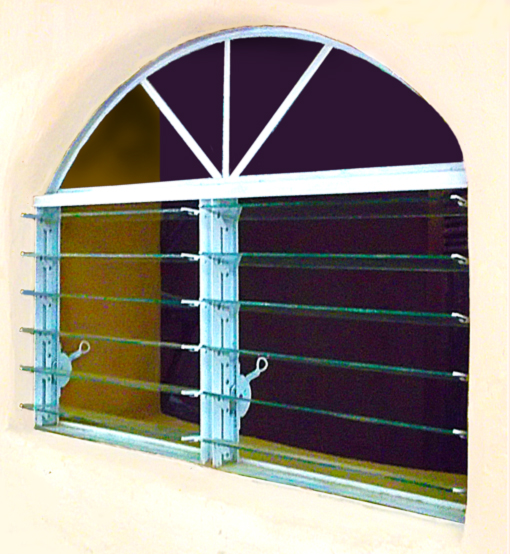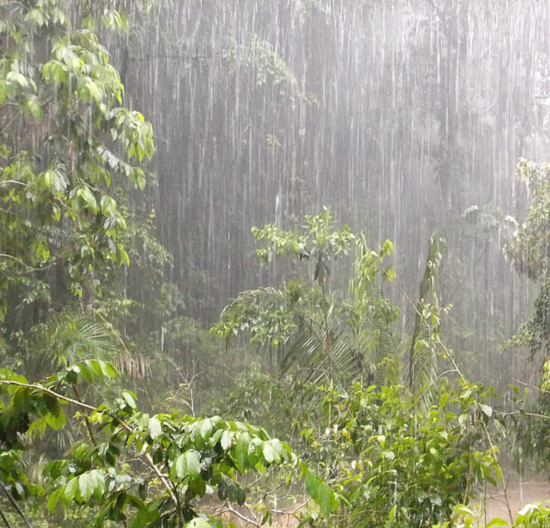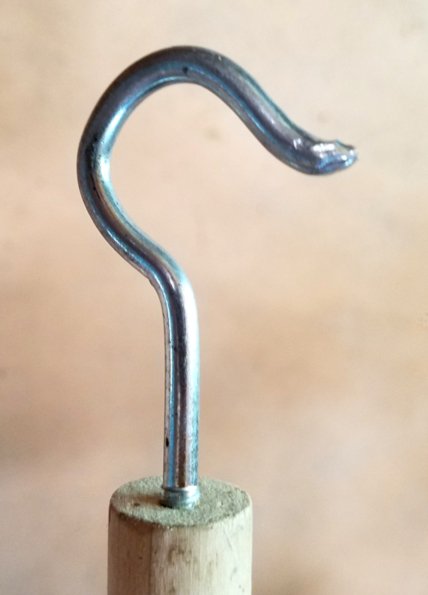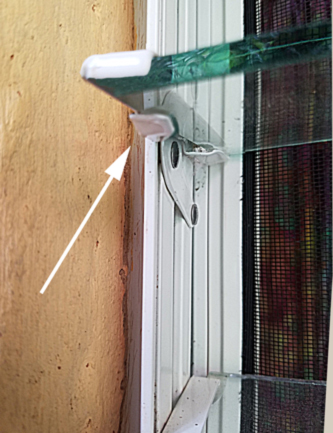
As the dry season ends and the cooler wet season commences, BIB residents particularly appreciate their windows. More than one owner at BIB, much to their sorrow, built their house without glass in the windows, only screens. You definitely need windows, not just screens.
If you bought your lot and only visited in the warmer seasons, you might not have realized that once your body gets acclimatized to Belize’s relatively balmy weather, you’ll get chilly during sunless rainy days. Seventy-five degrees Fahrenheit plus humidity equals “chilly” in Belize. Especially with a breeze. If you can’t close your windows, you’re going to be wrapping up in blankets and saying grumpy things about humidity and the tropics and why didn’t they TELL you about windows……just sayin’!

To be honest, in our Maya Mountain foothils area, even a fireplace would be welcome at those times. A few BIB homes have these, and their owners are glad to have them on rainy days.
There’s another reason you need windows. Sometimes during the rainy season your house will be bombarded with gusty winds, particularly if your lot is on one of the higher elevations where rain occasionally falls sideways. If you have no glass in the windows, the rain will come right through the screens, making a big mess inside your house and you will be having regular mop-up sessions and damage to your decor. You may not feel comfortable leaving your house untended because tropical weather can change in minutes.
The most satisfactory window for this climate appears to be the louvre window, also called a jalousie window.
Wikipedia says: A jalousie window or louvre window is a window composed of parallel glass, acrylic, or wooden louvres set in a frame. The louvres are joined onto a track so that they may be tilted open and shut in unison to control airflow, usually by turning a crank.

With jalousie windows, you have total control over how much air you let into the house. You can direct the air straight in when you want a cooling breeze or toward the ceiling or floor if you want air but no draft. Also, if you install jalousie windows with an up-down mechanism (vs. a turning knob or crank) you can open and close the windows without a big fuss even if they’re up high, with an extension hook to shift the crank. You can make a simple opener/closer with a 1” pole and a screw-in hook. Dowels are available at the larger hardware stores, but Belizean workers can also cut you a tough, 15′ pole if you need a long one.

Another advantage to jalousie windows is that there are no frames to swell or shrink and no slides to jam or warp. The control mechanism is extremely simple, and ages well.
Finally, and perhaps best, both sides of louvred windows can be washed from outside or inside. Screens are generally installed on the inside, but they are easy to remove to access the windows. On houses with high windows, particularly those built on steep slopes or over an abyss, not having to get to the windows on an outside wall for cleaning can be a huge relief.


One of the few drawbacks to jalousie windows is that the clamps holding the glass panes occasionally loosen and the glass can slide out and break. Avoid this by making sure the clamps stay tightly crimped. This can be done quite simply with adjustable pliers.
Stock up on extra panes at the time of installation, and if you’re on a budget, consider designing as many windows as possible with the same size louvre panes so that you won’t have to stock a varied collection of replacement sizes. If a glass louvre pane breaks, it’s easy to replace – just pry the clamps open on the front edge and slide in the new glass, then crimp the clamps shut again.
Five lessons you don’t want to learn the hard way:
1. It will get cold and perhaps wet in your home if you don’t install windows. You will not be happy.
2. Jalousies are generally the most satisfactory type of window for this climate.
3. High windows can be extremely hard to access from the ground outside.
4. It is much more expensive to install windows after the house is built.
5. Listen to your builder – he/she likely knows how to build for this climate better than you do.